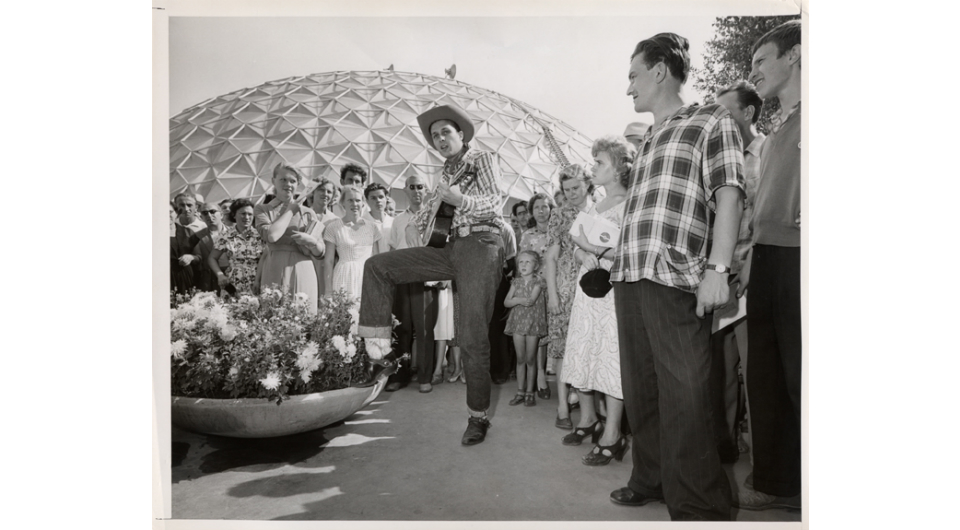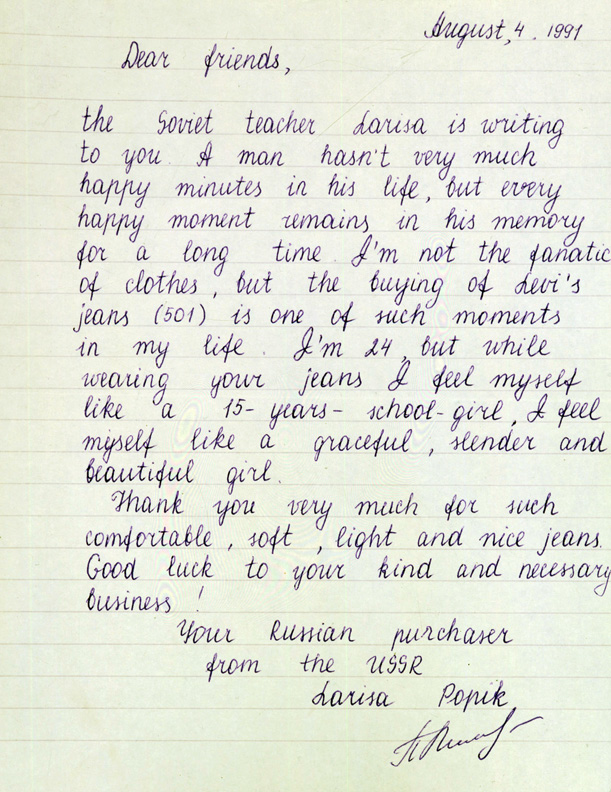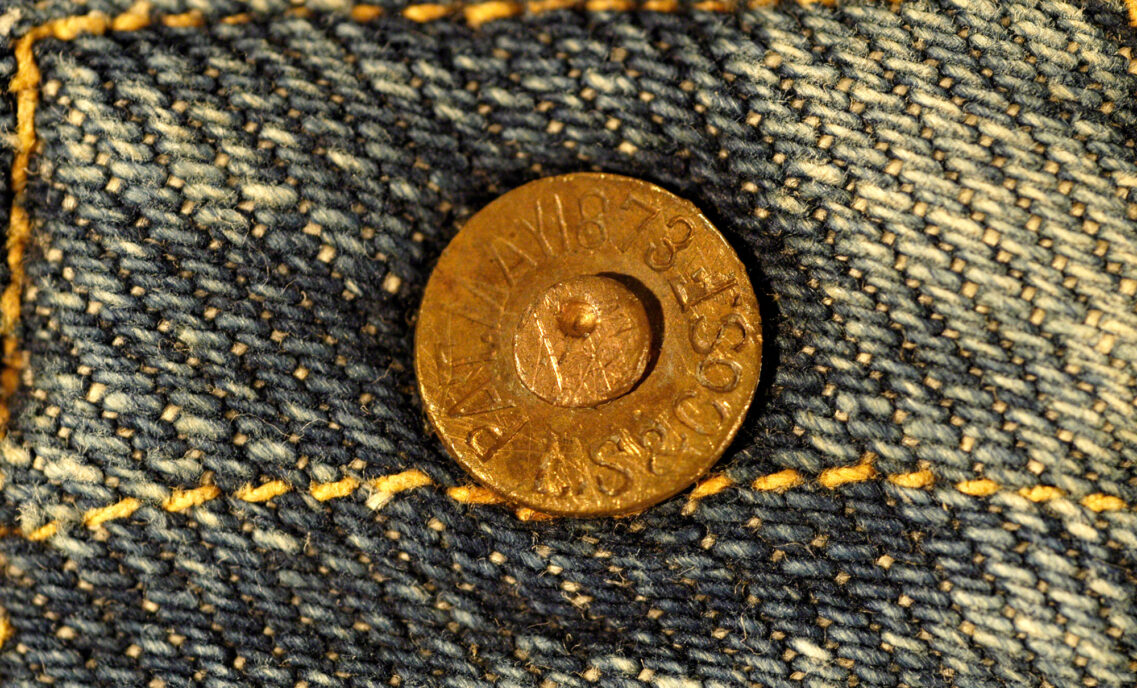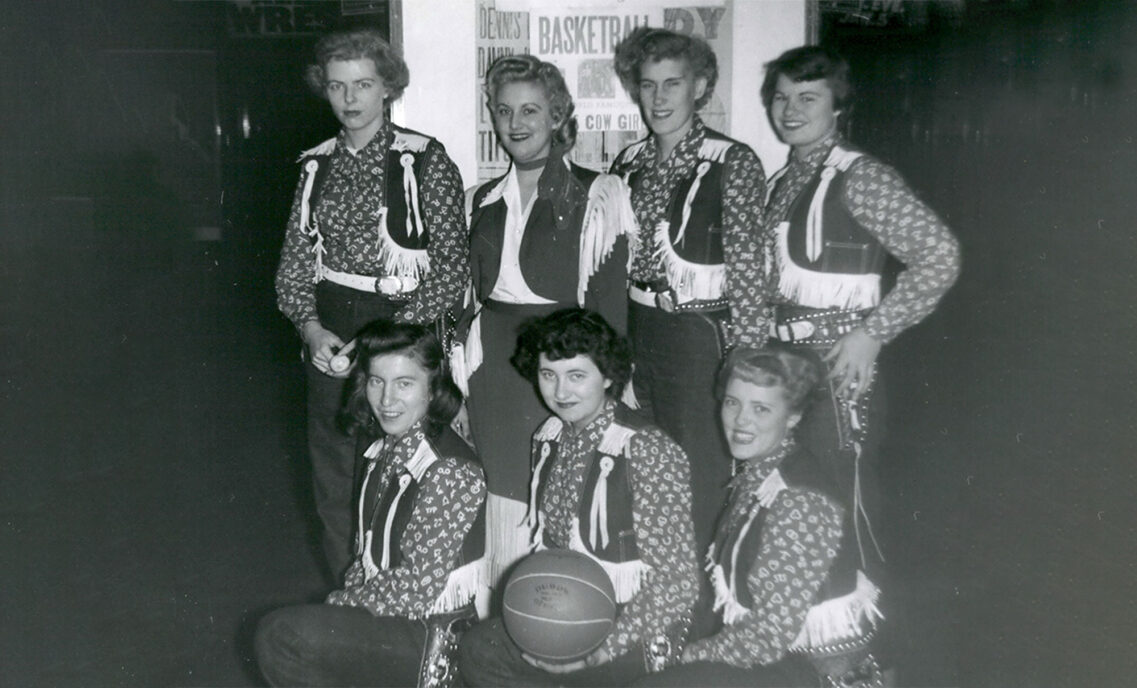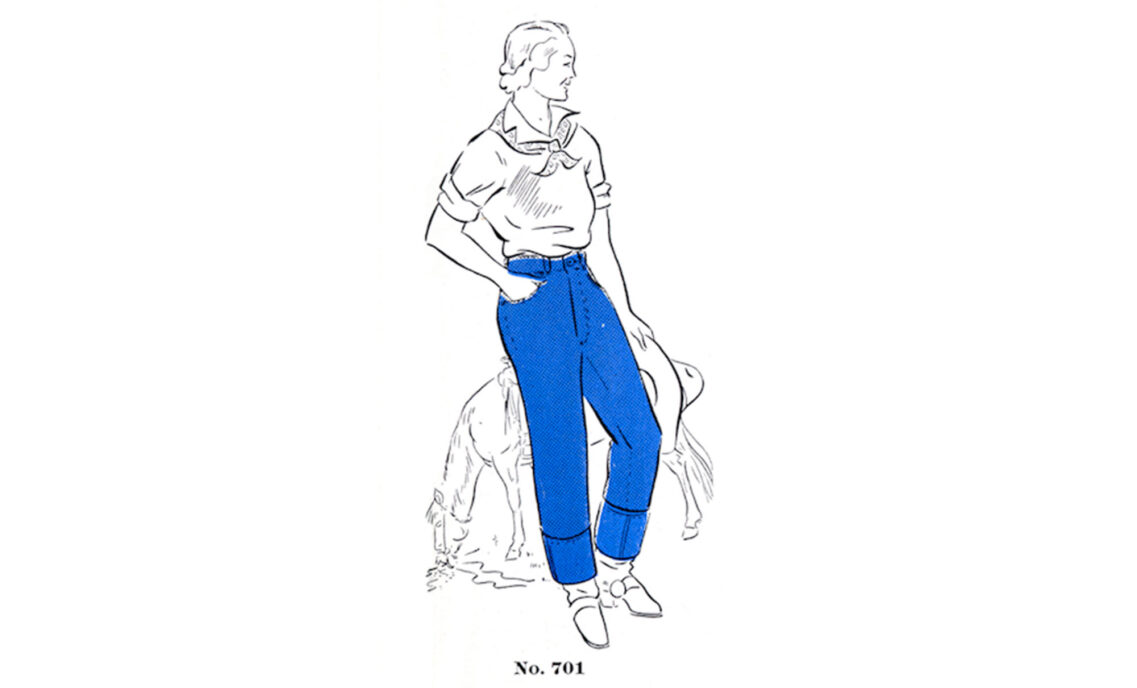This Sunday marks the 25th anniversary of the fall of the Berlin Wall, and the opening up of eastern Europe. The images from that time are full of cultural symbolism, and the most iconic image of all demonstrates how a piece of clothing can represent freedom and independence.
It is the blue jean, of course. But before Berlin, we have to go back a century to discover how this happened.
It started with the cowboy. From the early twentieth century, when novels began to feature independent and free-thinking cowpokes, the man on his horse came to symbolize an unbroken spirit. This was translated into movies, where cowboys wore Levi’s® 501® jeans as they ambled among the sagebrush, or battled outlaws who wore black, not blue denim.
Jeans were the uniform of the cowboy for decades, but in the 1950s they were adopted by another, and more edgy independent hero: the motorcycle rebel.
After World War II, a lot of former soldiers hit the road on their motorcycles, wearing Levi’s jeans, tee shirts and leather jackets. They formed motorcycle clubs to enjoy themselves after four years of combat, but their loud and occasionally rowdy entrances into small American towns spawned fear, and gave Hollywood the idea for a new movie genre. Enter “The Wild One,” a 1953 film about Marlon Brando and his motorcycle buddies terrorizing the citizens of the fictitious town of Carbonville, California. Bad boys they may have been, but in their jeans they represented freedom from the restrictive social conventions of post-war America. Think of it this way: a motorcycle is just a horse with two wheels and an engine.
As Europe was being rebuilt, former enemies in Germany and France began to form a different kind of club: the Cowboy Club of Munich, and the Westerners Corral in Paris. Members dressed up in Levi’s 501 jeans, learned how to ride and rope, and spent their time re-living a historical past that their countries never had, but which represented hope and freedom for the war-weary.
In the Soviet Union, sales of Levi’s jeans were banned, despite being made by Russia’s wartime ally. Nevertheless, the Kremlin did authorize a U.S. trade fair, which was held in Moscow in 1959. Levi Strauss & Co. participated, and brought along boxes of jeans. However, the company was not allowed to sell or give away the jeans. This didn’t stop the clever company employees, however. As denim-hungry Russians came by the booth, staff members would casually turn their backs, and the jeans disappeared into purses and bags.
After the Berlin Wall went up in 1961, eastern Europe was closed to nearly every product or influence outside of the Iron Curtain. By this time, Levi’s jeans had become coveted throughout Europe, but only local off-brands were sold in stores on the other side of the wall. In 1965 a young woman from East Germany escaped to the West because her father would not let her wear jeans of any kind. As soon as she received a small stipend at the refugee center in West Berlin, she immediately went out and bought a pair of Levi’s jeans.
When Russia opened up in the early 1990s, the company began to receive letters from young men and women who were able to buy their first pair of real Levi’s jeans. One was Larisa Popik, a 24-year-old teacher, who said that wearing her jeans for the first time made her feel like a 15-year-old schoolgirl:
When the Berlin Wall finally came down, television viewers around the world saw young people jumping, climbing, pulling down, and sitting on the wall as nearly twenty years of imprisonment came to an end. They also saw a blending of two important symbols: the destruction of what kept people apart, by men and women wearing what brought them together: jeans.



